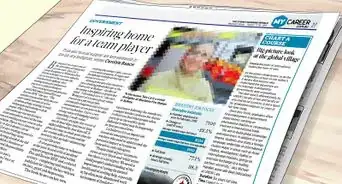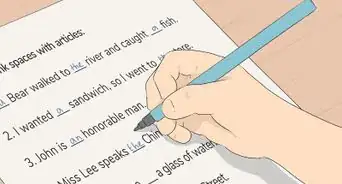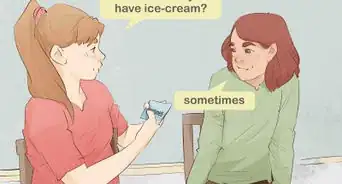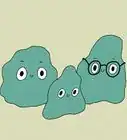This article was co-authored by Bianca Solorzano, M.Ed. and by wikiHow staff writer, Jessica Gibson. Bianca Solorzano is an Infant Development Specialist, Montessori Consultant, and the Founder of Baby Tour Guide Inc. Through her company, she helps parents, educators, and caregivers optimize baby and toddler development using a Montessori Lens. She does so by providing one-on-one consulting, running her blog, and hosting the Montessori Babies Podcast. With more than 11 years of experience in child development, she specializes in supporting parents in approaches such as purposeful language, environment setup, toys/activities that aid in development, positive redirection and behavior, and directed choice. Bianca holds a BS in Child and Adolescent Development with a focus in Early Childhood Education from California State University, Fullerton, a Masters in Montessori Education from Loyola University Maryland, and the AMI International Montessori Certification from The Montessori Institute of San Diego for children Birth-3 Years. Bianca is also a member of the National Association for the Education of Young Children (NAEYC).
There are 8 references cited in this article, which can be found at the bottom of the page.
This article has been viewed 17,696 times.
Preschoolers are naturally curious, so it's a great idea to get them interested in science at an early age. Find out what really engages them with science and let them take the lead with exploring and experimenting. Instead of lecturing small kids about scientific theories and results, ask them questions and encourage hands-on experiments. Take them on interactive outings, offer tools for learning, and give them access to books about science.
Steps
Encouraging Curiosity
-
1Take the preschoolers on field trips. Check with local science centers or children's museums to learn about exhibits that would interest small kids. Sometimes, just getting out of the house or classroom can make kids excited about learning.
- Find planetarium shows that are geared toward younger children.[1]
- See if the local library has scientific exhibits or workshops for kids.
- You can also discuss scientific concepts present in everyday locations like grocery stores. For instance, talk about where eggs come from or what “organic” means.
-
2Let the kids explore outdoors. Don't feel like you have to plan and organize scientific experiments all the time. Preschoolers can enjoy scientific discoveries just by having hands-on experiences in nature.[2] Go for walks outside or let kids run around and explore what interests them.[3]
- For example, give the kids seeds so they can plant and learn about how things grow.
- Take the kids outside in all seasons so they learn about weather and seasonal changes.
- Examine natural wonders and encourage the children to ask questions about what they see, such as, “How are mountains formed?”
Advertisement -
3Set out scientific tools. Spark the preschoolers' imagination by putting out tools that they can use to examine the world around them. Remember not to show the kids how to use the tools, but let them take the lead. Consider setting out:[4]
- Magnifying glasses
- Rules
- Scales
- Binoculars
- Tweezers
- Pipettes
-
4Give kids a way to record their observations. Have the preschoolers draw pictures or photos of things they observe, especially to track changes. Or, let them use a camera (disposable or digital) to take pictures of the changes they notice.[5] [6]
- For example, get kids to draw a growing plant every few days. Then they can compare the pictures to track how the plant changed.
- For instance, use your phone or a tape recorder to record nature sounds.
Teaching Through Play and Experiments
-
1Wear protective clothing and practice safety habits during experiments. Ensure that the preschoolers and you are wearing protective goggles and smocks when doing experiments. Teach the kids not to put parts of the experiment in their mouths or to touch their faces when handling the materials.[7]
- If you're using tools such as tweezers, scissors, or thermometers, show the kids the safe way to handle them and always monitor the kids while they're working with them.
- It's important to set up purposeful science lessons and experiments that are developmentally appropriate to the children's age.[8]
-
2Test chemical reactions with common kitchen items. You probably have baking powder, baking soda, vinegar, and cornstarch. These are great materials for simple experiments such as an erupting volcano, stretchy slime, or kinetic slime.[9]
- Get preschoolers involved with baking projects too! Ask kids what they think will happen to dough when you put it in a hot oven or what might happen if they put a liquid in the freezer.
- Doing a science experiment in front of the kids helps get them excited about science.[10]
-
3Use water tables or bath time to ask scientific questions. Give the kids cups, funnels, heavy toys, and light objects that will spark their curiosity. Watch as they play and ask them questions about the water.[11]
- For example, ask them which objects or toys they think will float or sink.
- If you're using the water tables, freeze colored water and add the cubes to the water. Talk with the kids about what happens when the water melts.
-
4Set out building supplies to introduce physics. Offer a variety of building materials and sizes so preschoolers can stack items or design structures. For example, put out cardboard blocks, dominoes, Legos, or foam pieces. Building is great for learning from mistakes because the kids can quickly rebuild when a structure falls.[12]
- Ask the preschoolers to build the tallest structure they can. Then ask them to make the sturdiest tower they can.
-
5Create a scientific library for kids to use. Fill a bookshelf with encyclopedias, picture books, and non-fiction children's books about a variety of scientific topics. Set out some comfy seating near the library to encourage the preschoolers to sit down and look through the books. Great scientific topics for a library include:[13]
- Plants
- Animals
- Weather
- Human biology
- Planets and space
- Physical science
Talking About Science
-
1Discover answers to questions together. While it's tempting to quickly answer children's questions, respond to their questions with a question. If they wonder how something works, volunteer to investigate it together rather than explain it yourself. They'll develop a deeper understanding of scientific concepts if they're the ones looking for answers.
- For example, if a child asks you why dandelions turn white and fluffy, ask them what happens to the fluffy seeds and why they think they float.
- Don't be afraid to learn from mistakes. It's important for kids to see that things don't always go as planned and you both may learn something new.
- If you don’t know the answer to their question, find it together using books or the Internet.
-
2Introduce the scientific method. Preschoolers are receptive to routines, so it's not difficult to teach them a simplified scientific method. Talk with the children about observing something, have them make a prediction about an outcome, and then check on what you're observing.[14]
- For example, to learn about gravity consider if a feather or rock will hit the ground first when dropped from a height. Ask the kids to predict what will happen and then test it so they can see.
-
3Use new vocabulary to teach science. It's easy to think that you need to make scientific concepts simple to understand, but avoid oversimplifying terms. When you're introducing scientific concepts or doing experiments, use the proper terms so the kids can learn.[15]
- For example, if you're explaining how plants turn sunlight into energy, clearly call it photosynthesis. You may be surprised that kids can pick up and remember scientific terms.
- If you're concerned kids don't grasp an idea, say something like, "If this doesn't make sense to you, think about it like this." Then describe the concept in another way.
-
4Avoid forcing scientific concepts on preschoolers. If you begin telling kids how things work, lecturing them, or explaining scientific concepts, kids will probably lose interest. Instead, foster their curiosity, but don't push it.[16] [17]
- For example, instead of giving a child a tool and directing them to use it, let the child try to figure it out. Preschoolers' natural curiosity will get them to start asking questions and learning about the tool.
-
5Pay attention to what your class is interested in.[18] Kids are more engaged with science if they're curious about something. Pay attention to what draws the preschoolers in or ask them what they like. For example, if you notice that several preschoolers always crowd around rocks or fossils, consider spending time on geology.[19]
- Share your own passions related to science with the children. Explain your interests and why you find them fascinating. The children may gain interest in these same subjects.
Preschool Science Resources
Expert Q&A
-
QuestionHow do you teach science in a fun way?
 Courtney CoprivizaCourtney Copriviza is an Elementary School Teacher based in Maui, HI. Courtney specializes in elementary education, classroom management, and social and emotional development. She holds a BA in Communication with a minor in Urban Education and an MA in Teaching from Santa Clara University. Courtney has also taught high school in Madrid, Spain. She is a member of Kappa Delta Pi International Honors Society in Education.
Courtney CoprivizaCourtney Copriviza is an Elementary School Teacher based in Maui, HI. Courtney specializes in elementary education, classroom management, and social and emotional development. She holds a BA in Communication with a minor in Urban Education and an MA in Teaching from Santa Clara University. Courtney has also taught high school in Madrid, Spain. She is a member of Kappa Delta Pi International Honors Society in Education.
Elementary School Teacher Make your lessons hands-on. For instance, you might give your students "lab" notebooks where they can cut and paste different parts of a plant.
Make your lessons hands-on. For instance, you might give your students "lab" notebooks where they can cut and paste different parts of a plant.
References
- ↑ https://wtop.com/news/2013/05/introducing-science-to-kids-fun-activities-and-developmental-milestones/
- ↑ Bianca Solorzano, M.Ed.. Infant Development & Montessori Consultant. Expert Interview. 9 November 2021.
- ↑ https://teachpreschool.org/2014/06/22/science-in-the-preschool-classroom/
- ↑ https://www.parentingscience.com/preschool-science-activities.html
- ↑ https://www.naeyc.org/our-work/families/support-science-learning
- ↑ Courtney Copriviza. Elementary School Teacher. Expert Interview. 18 June 2021.
- ↑ https://www.acs.org/content/dam/acsorg/about/governance/committees/chemicalsafety/safetypractices/safety-in-the-elementary-school-science-classroom.pdf
- ↑ Bianca Solorzano, M.Ed.. Infant Development & Montessori Consultant. Expert Interview. 9 November 2021.
- ↑ https://wtop.com/news/2013/05/introducing-science-to-kids-fun-activities-and-developmental-milestones/
- ↑ Courtney Copriviza. Elementary School Teacher. Expert Interview. 18 June 2021.
- ↑ https://wtop.com/news/2013/05/introducing-science-to-kids-fun-activities-and-developmental-milestones/
- ↑ https://wtop.com/news/2013/05/introducing-science-to-kids-fun-activities-and-developmental-milestones/
- ↑ http://naturalstart.org/feature-stories/engaging-children-stem-education-early
- ↑ https://www.parentingscience.com/preschool-science-activities.html
- ↑ https://www.parentingscience.com/preschool-science-activities.html
- ↑ https://www.parentingscience.com/preschool-science-activities.html
- ↑ Bianca Solorzano, M.Ed.. Infant Development & Montessori Consultant. Expert Interview. 9 November 2021.
- ↑ Bianca Solorzano, M.Ed.. Infant Development & Montessori Consultant. Expert Interview. 9 November 2021.
- ↑ https://www.parentingscience.com/preschool-science-activities.html

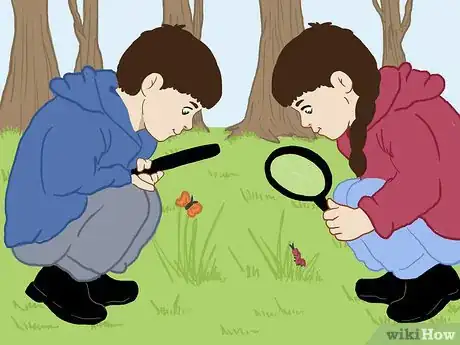


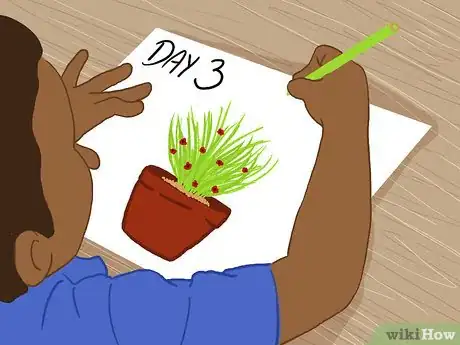

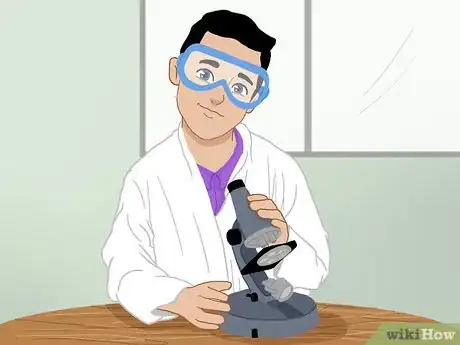
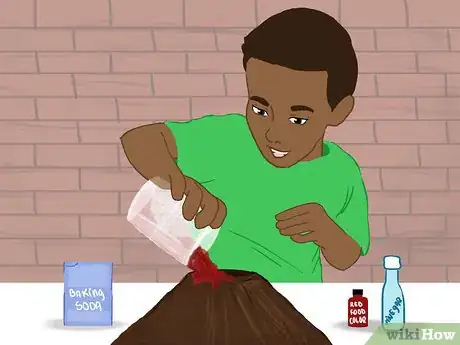
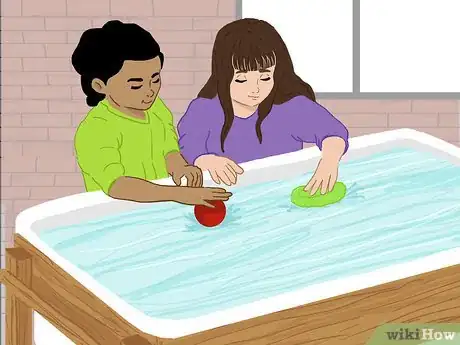
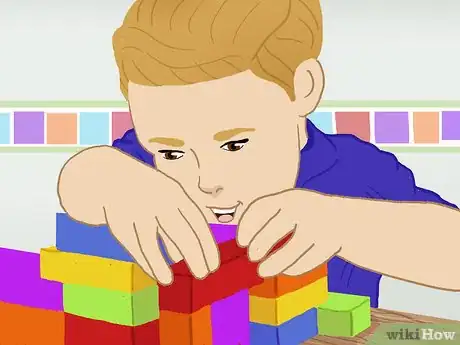
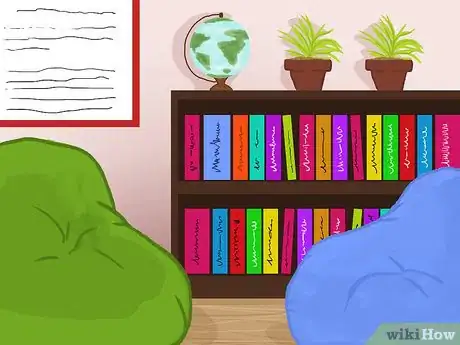
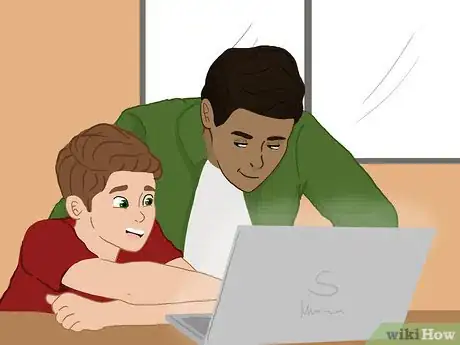
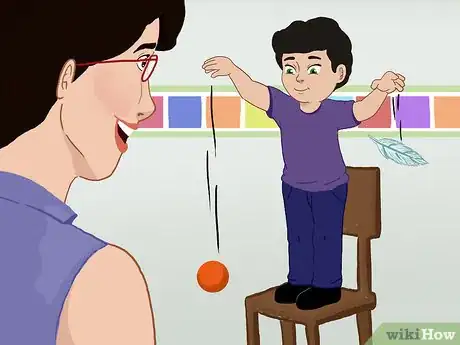
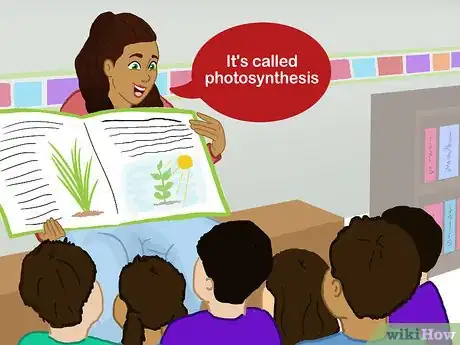
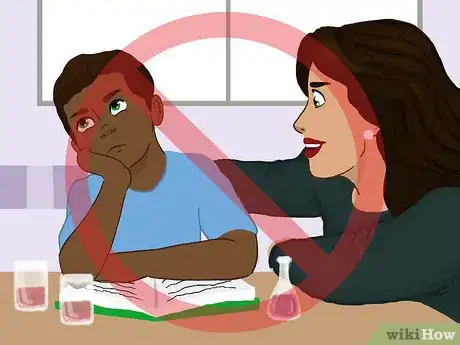
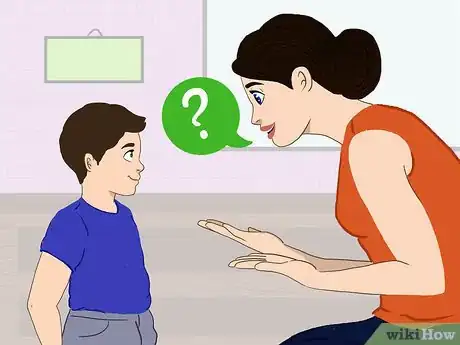

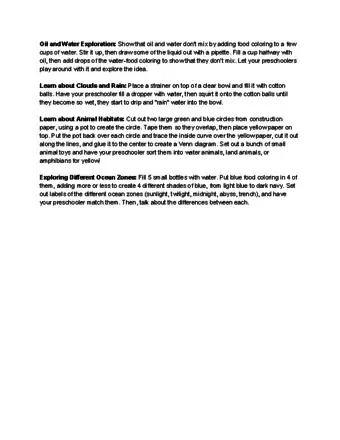


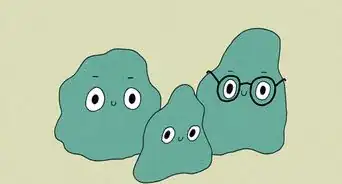
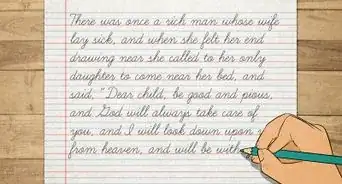
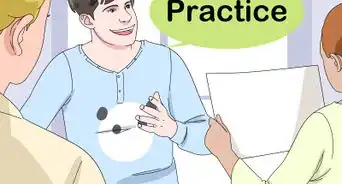

-Step-15.webp)


